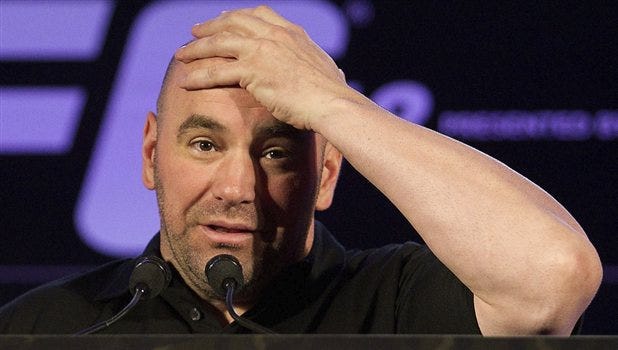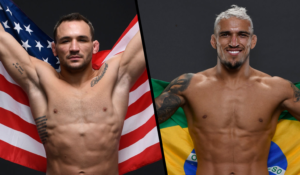Is the Pay-Per-View Model Dead?
By Geoffrey Aikens (@OhArd215) — June 19th, 2019

Ever since the very first pay-per-view (PPV) in 1960, where 25,000 people MAILED in two dollars to watch Floyd Patterson regain his heavyweight title on TelePrompTer, PPV has dominated the market for big-money fights. The “Thrilla in Manila” reached over one billion people with more than 100 million people watching through PPV globally, nothing has come close since. As time passed, people maintain interest in high profile fights but have found themselves less willing to pay for a product they feel delivers diminishing returns.

We can look to the Floyd Mayweather vs Manny Pacquiao fight, where record numbers of people tuned in to the PPV in the United States. The fight was largely seen as a disappointment.
Mixed Martial Arts has also seen it’s fair share of high profile PPV events, with fighters like Brock Lesnar, Conor Mcgregor, and Ronda Rousey garnering buys in the millions. The lack of star power has been felt as most of the UFC’s main attractions find themselves on the wrong end of the win/loss collum, or worse, the law. With the viewers believing that they are receiving a diminished product, it makes one wonder how long the UFC can hold off competitors like DAZN.
DAZN has been making moves in the world of combat sports, having spared no expense expanding their roster of fighters to include a multitude of high profile boxers such as Saul “Canelo” Alvarez and Gennady “GGG” Golovkin. The success of their first events and my personal subscription makes me believe there is a big thing going on here.
The UFC, not one to be left out of the game, has teamed up with ESPN to make all of their PPVs available only to ESPN+ subscribers, all while reducing the overall purchase price of the events themselves. By moving their content under the umbrella of ESPN+, the UFC hopes to gain a boost in general viewership. Most importantly, the WME organization has already brought ESPN+ plenty of eyes thanks to the free promotional events.
All signs are pointing to organizations like the UFC and Bellator moving toward the subscription model. It would be more beneficial to the fighters and will attract young prospects who are interested in guaranteed money. Knowing that when you perform to the best of your abilities you will be paid accordingly, instead of holding a “win bonus” over a young fighter’s head. Especially with MMA being plagued by its judging issues, too many athletes are losing out on their livelihoods due to subpar scoring. The smaller barrier of entry also allows more eyes to see the events, which includes the fighters who might not be as popular. Only time will tell, but I have a feeling that as people show their willingness to pay $15~20 a month instead of $60 for one-off shows, more of the top dogs will be open to the potential flip.



